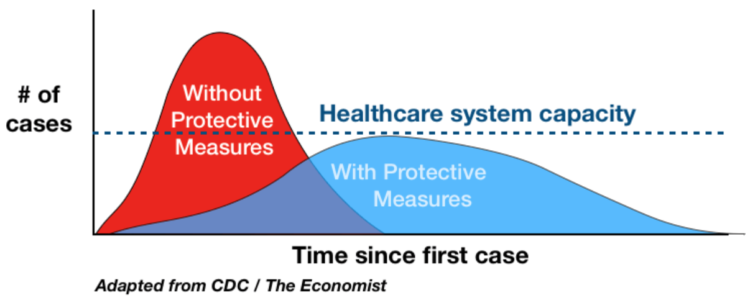Reporting for NPR, Sean McMinn and Selena Simmons-Duffins on staffing shortages:

On data availability:
This is the first time the federal agency has released this data, which includes limited reports going back to summer. The federal government consistently started collecting this data in July. After months of steadily trending upward, the number of hospitals reporting shortages crossed 1,000 this month and has stayed above since.
The data, however, are still incomplete. Not all hospitals that report daily status COVID-19 updates to HHS are reporting their staffing situations, so it’s impossible to tell for sure how much these numbers have increased.
The first time.
It was back in March, a few lifetimes ago, when we were talking about flattening the curve so that hospitals could provide care to those who needed it. This federal dataset is just coming out now in November? Obscene.
Tags: coronavirus, curve, hospital, NPR


